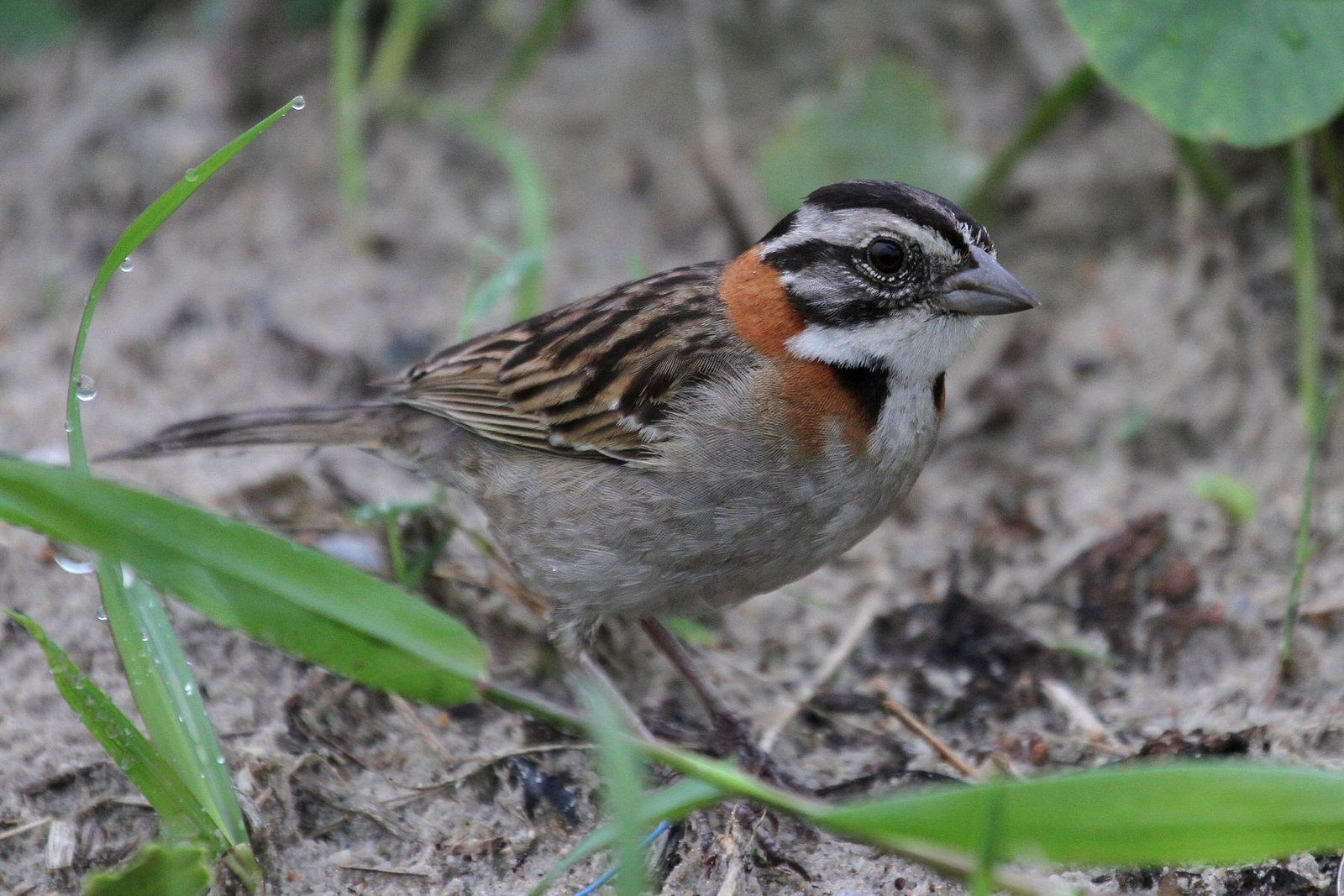

The 1000 colones bill, which is currently worth just under 2.00 USD, has on one side a portrait of Braulio Carrillo Colina, one of Costa Rica’s Heads of State in the early-to-mid 1800s. Healthy, hearty, and delicious, it’s no mystery why this is a staple in the tico diet.Ĭosta Rica’s local currency, the colón, is pure art, in my humble opinion. Typical sides include fried plantains, fries, cheese, a cooked vegetable or potato medley known as picadillo, tortilla, avocado, and more. Translated to “marriage,” this dish is a union of rice, beans, meat or fish, and greens, and comes with a variety sides, depending on where you order it or how you decide to make it. Similar to gallo pinto, casado is a traditional Costa Rican lunch or dinner dish.

Tico in english full#
A tasty and filling mix of rice and beans, commonly prepared with onions, peppers, garlic, and the local Lizano sauce, typically will come with two eggs made to order, tortilla, queso fresco, sour cream, fried plantains, and a steaming cup of coffee.įor around $5 a plate and a full belly for hours, you really can’t go wrong. Say hello to your new favorite breakfast (and lunch and dinner) dish! Gallo pinto, literally translated to “spotted rooster,” is recognized as the typical breakfast in Costa Rica and most likely takes its name from the color of the rice and beans resembling that of a spotted rooster. The term originates in Nicoya, Guanacaste, where people would announce themselves by saying, “Nuestra Señorita (Señora) la Virgen de Guadalupe,” meaning, “Our Lady the Virgin of Guadalupe.” Eventually shortened to just upe, this is commonly used when making yourself known or checking to see if somebody’s home. This is a simple and friendly way to announce your arrival to somebody’s house. Meaning “sweet,” “cool,” “nice,” “awesome,” or anything of the like, some say that it stems from the English phrase, “too nice.” Wherever it comes from, locals will think you’re pretty tuanis if you make this word part of your regular vocabulary. Pronounced twa-nees, the origin of this word is unclear. Literally translated to “glue,” a goma is the ever-dreaded hangover that sometimes sticks around a little longer than you’d like. Most of us are familiar with this feeling: waking up the morning after a fun night out at the bars, one too many glasses of wine, or beer at the beach all day, head pounding, mouth dry. Mae is the Costa Rican equivalent of “dude.” It’s heard most frequently among good friends – especially among boys and men – but can also be used when speaking to a stranger or acquaintance. Though it’s used casually, there’s no doubt that Costa Ricans truly take pura vida to heart, something you’ll quickly grow accustomed to in Costa Rica. This phrase is thrown around often in everyday conversation and can be used as a greeting, response, thank you, goodbye, and more. Literally translated to “pure life,” pura vida encompasses the relaxed and carefree Costa Rican lifestyle that so many have come to know and love. Costa Ricans themselves and foreigners alike use this term. A tico – or the feminine tica – is the colloquial term for a Costa Rican native. Get to know these words and phrases to get a taste of Costa Rica before you even arrive: Each region’s dialect offers a glimpse into the culture and lifestyle of its people, and Costa Rica’s is no exception. With so many native speakers scattered all over the globe, accents and dialects run rampant, making Spanish sometimes tricky but mostly fascinating.

Over time, the mistake became celebrated as a way for Costa Ricans to define their own style of the Spanish language.Spanish is the second most spoken language in the world, far behind Chinese in first and barely snuffing out English in third. I began doing it with everything! “Perritico” (little dog), “Pizzatica” (little pizza) and “cafético” (little coffee). My homestay Mom used to say “¡hola mi chicatica!” meaning “Hello my little girl!”. For instance, doesn’t it sound much more affectionate and easygoing to call your amigo (friend) an amigito (little friend)? 😉 In Spanish, this diminutive form (formed by dropping the final ‘o’ or the ‘a’ and adding an ‘ito’ or ‘ita’ depending upon the gender) is commonly used out of friendliness and familiarity. Because of their friendly and warm-hearted manner, the people of Costa Rica commonly used the diminutive in their everyday speech patterns and thus earned the nickname “ticos” from outsiders. And so, poquito (pronounced like po-qui-toe), the Spanish diminutive of the word poco meaning little or few, became poquiTICO when spoken by a Costa Rican.

About a century ago, many Costa Ricans made the linguistic mistake of forming the diminutive by adding an “-ico” to the end of words.


 0 kommentar(er)
0 kommentar(er)
